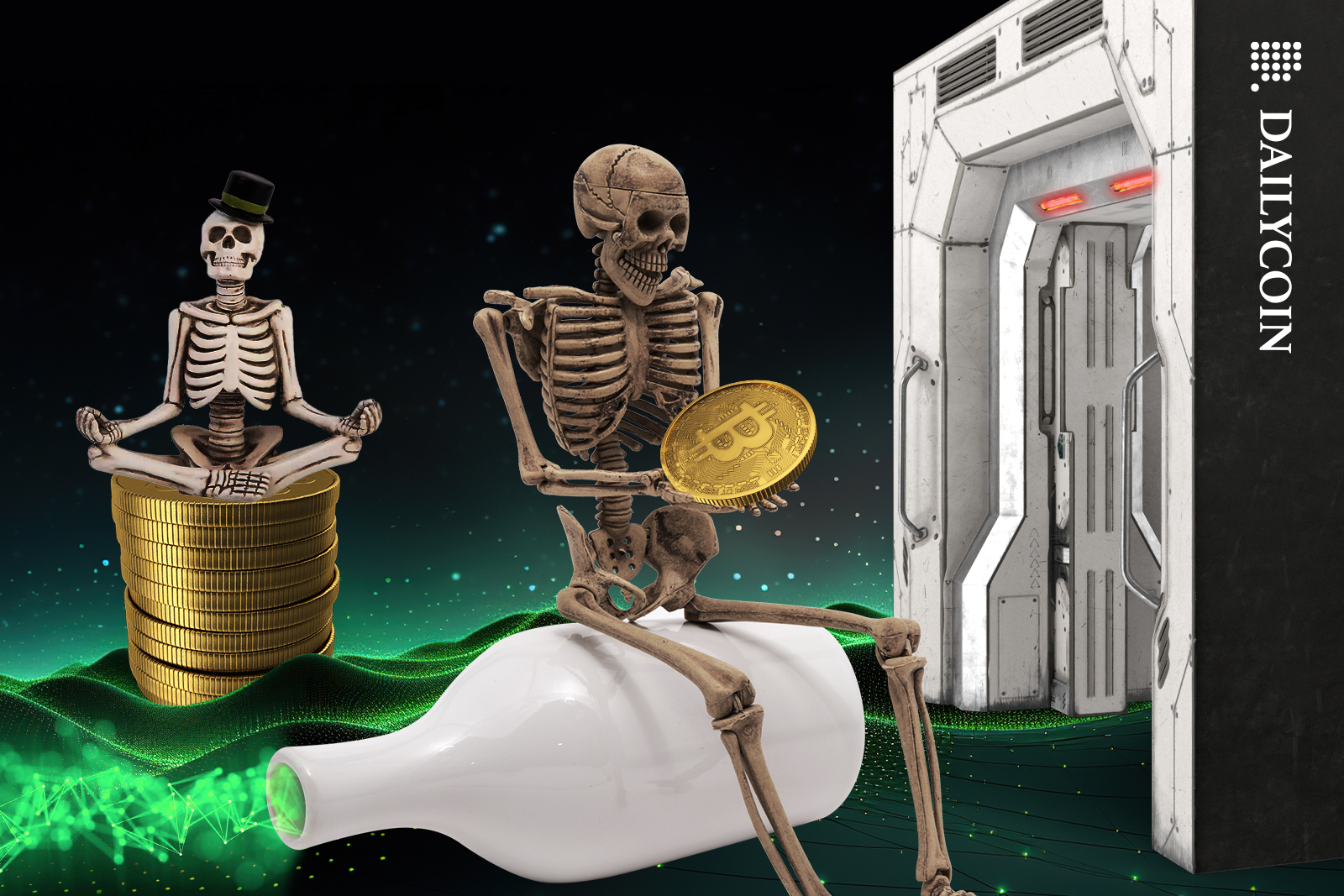
- Bitcoin mempool continues to swell with unconfirmed transactions.
- The network has been operating at maximum capacity.
- Bitcoin’s developer community remains divided on addressing the issue.
Bitcoin’s network activity has shown no signs of slowing down since introducing Ordinals and new token standards. However, the continued demand for its block space has led to unprecedented problems for the network.
As Bitcoin faces its most challenging test yet, pending transactions pile up in the mempool, stirring panic and chaos, leading to an important question: How will Bitcoin overcome this?
Bitcoin’s Record Congestion
Bitcoin’s astronomical success with Ordinals and its new token standards have revealed a worrying trend: it can’t handle mass adoption. Since May, despite operating at maximum capacity, the network’s mempool swells with transactions, marking the longest congestion period in its history.
Sponsored
At press time, over 458,000 transactions sit in limbo on the network, waiting for confirmation, with much of this demand attributed to the success of Ordinals, BRC-20 tokens, and Inscriptions.

Data revealed that Inscription-based transactions dominate the network by holding 10% of the block size and generating 50% of the confirmations.
Still, despite Bitcoin facing heightened congestion with these new protocols exacerbating block space demand, developers have yet to come up with a solution.
Developer Solution for Bitcoin Remains Elusive
Bitcoin’s dev community remains torn on addressing the growing elephant in the room. While some core developers have called for a total ban on these new protocols, many argue that the challenges the network currently faces would persist regardless.
Sponsored
Although increasing the block size could resolve the problem within a hundred blocks, the topic remains contentious among developers, with strong opposition from many in the community.
Still, despite what community members believe and posit, the network has yet to see competent solutions besides banning the protocols. However, until then, the network could continue facing these issues.
On the Flipside
- Bitcoin’s recent network congestion issues are similar to Ethereum’s in 2018.
Why This Matters
Bitcoin is on track for mass adoption with the introduction of its new protocols and solutions. However, its issues have long gone unaddressed, which could ultimately hurt the network in the long term.
Find out if Cardano is as insufficient as this researcher claims it to be:
Cardano Community Strikes Back at Researcher’s TPS Critique.
Catch up on how SBF’s Dad siphoned exchange funds:
Here’s How SBF’s Dad Recklessly Misused FTX Funds
